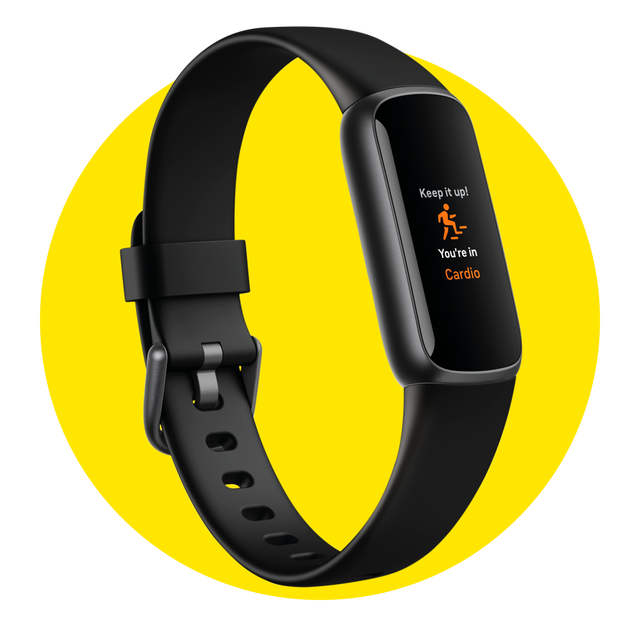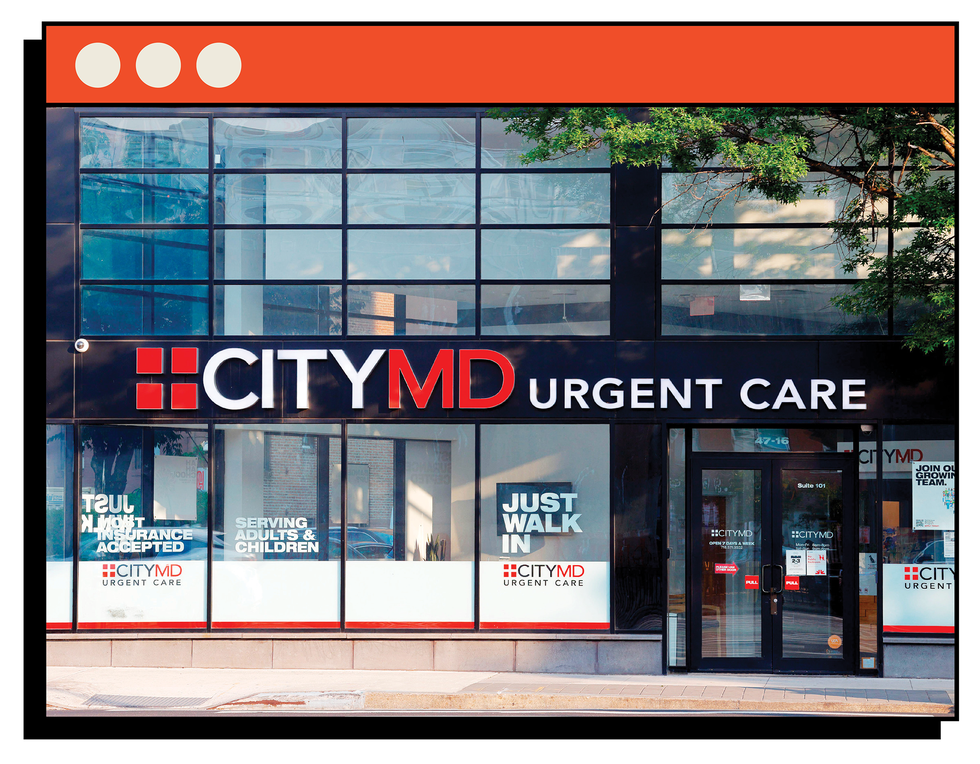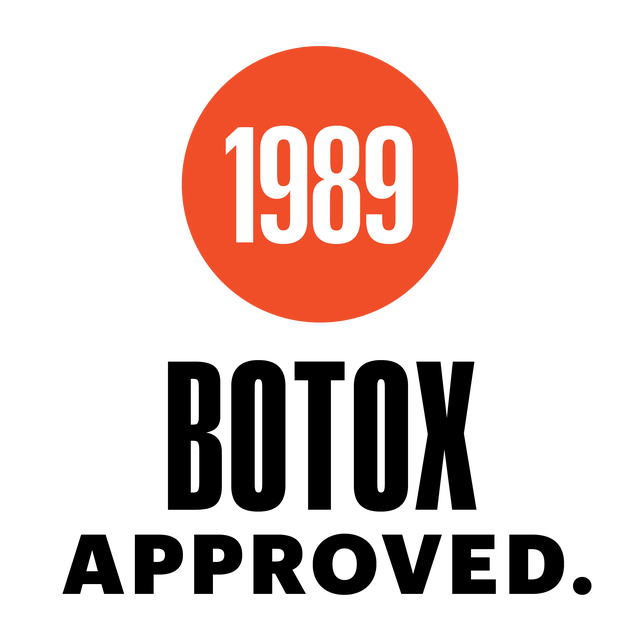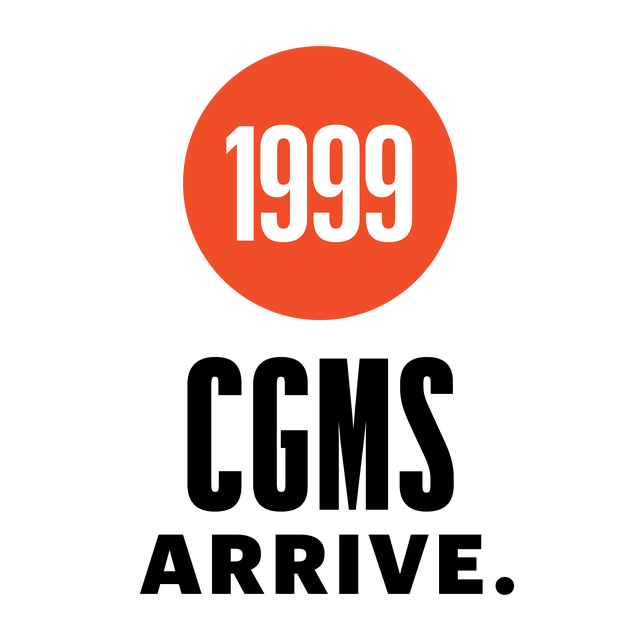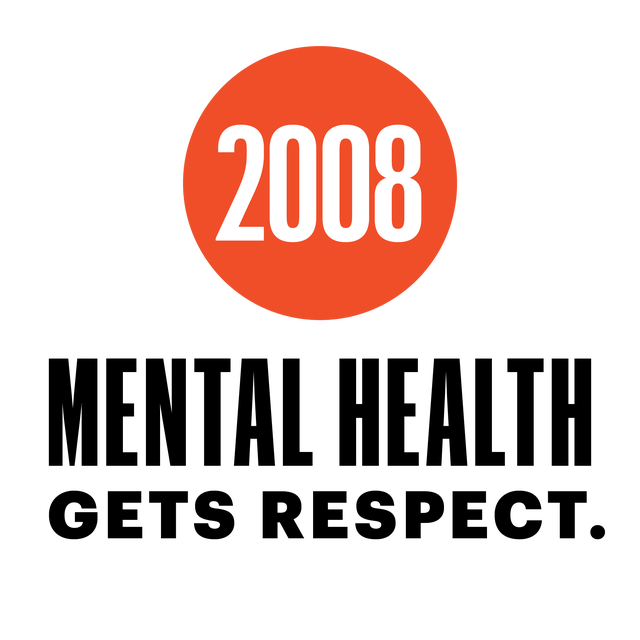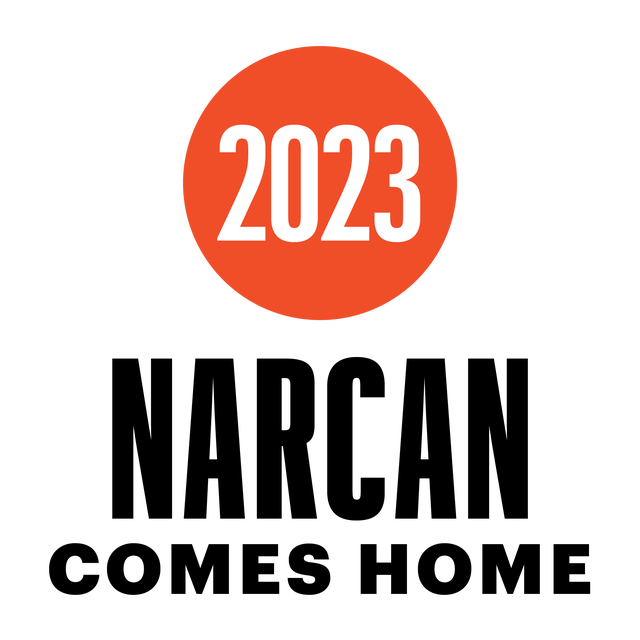
JUMP TO: 1. Google | 2. Strength Training | 3. Prozac | 4. Viagra | 5. mRNA Vaccines | 6. FitBit | 7. Cancer Immunotherapy | 8. Urgent Care | 9. Smoking Ban | 10. Statins
IT’S HARD TO REMEMBER the days when we got our health information from the library, pamphlets in the doctor’s office, or—gasp!—the actual doctor. But before Google was launched 25 years ago, there was no such thing as Googling “How do I know I’m having a heart attack?” or “Ways to prevent a hangover” at 2:00 a.m.
Of course, when the Internet came on the scene in the early ’90s, there were other search engines for a hot minute, but Google, which handles 90 percent of all search queries worldwide, has endured and changed our health more radically than anything else in history. Three out of four people now turn to the web for health information, according to National Cancer Institute and Mayo Clinic research. But at what cost?
We have instant access to lifesaving facts, photos of rashes, alternative treatments, academic journals, databases of doctors who’ve faced disciplinary actions, and communities of our peers. We also have instant access to every crackpot theory imaginable. It’s made an indelible mark on us and our health.
It Radically Changed How We Talk with Our Docs
“We’ve moved from a patriarchal medical system where people would see their doctor and report symptoms and be informed about treatments without much discussion,” says Christopher Kelly, M.D., a cardiologist in Raleigh. “This has led to shared decision-making and discussions of diagnoses.” And there’s some evidence that access to online health information helps reduce some of the health inequality experienced by marginalized groups.
It Makes Us Experts . . . Sort of
We can learn more about a disease than overburdened doctors have time for and advocate for our health on an unprecedented level. On the flip side, we’ve taken this empowerment to the extreme by trying to bypass doctors completely. That can give us cyber-chondria—who hasn’t thought they had a serious illness after Googling symptoms? Or searching might make you think your problem isn’t a problem at all and let you blow off symptoms. Knowledge is power, yet we’re often out of our league. A study in JAMA Internal Medicine found that physicians consistently beat online symptom checkers in determining what was really wrong.
And Yet . . .
Politics and a pandemic have shown us the biggest downside to swimming in this sea of knowledge: the spread of bad and harmful information. And Google isn’t the only digital property under scrutiny for allowing a mixed bag of misinformation to creep onto our screens. YouTube and TikTok are under the same pressure.
“Google has been tweaking its algorithms for a while to [ensure] that misinformation or unproven therapies aren’t overrepresented in search results,” says Timothy Caulfield, a public-health professor at the University of Alberta who studies the spread of misinformation. “Yet it’s still far from ideal, because even a couple scary headlines give people the idea there’s a real debate about something or give it a false veneer of credibility. This isn’t a little issue. It’s killing people.”
There may not be an easy answer for how to moderate false information online, says Caulfield. “There is an interesting conversation among policymakers: Do you try to get Google to focus on the bad content in an endless game of Whac-a-Mole? Or do you want them to focus on the way the information is presented to the public?” he says. “I think we want more transparency.”
The next wave of searching, however, will bring an entirely new challenge. Sites powered by AI, such as ChatGPT, serve up seemingly comprehensive answers. We already know that search engines deliver a mix of credible and crap. Yet we have no idea where AI is getting all the information that it so beautifully packages for us.
In the Meantime . . .
You can do a lot on your own to get good info:
—Sarah Elizabeth Richards
WHEN THE DEPARTMENT of Health and Human Services took a dive into what kind of activity keeps you healthy, its very first Physical Activity Guidelines for Americans sent people from the treadmill to the squat rack. In a win for the lifting crowd, it said adults need to strength-train at least twice a week (and do 150 minutes a week of other moderate activity). Now strength training is the second-most-popular form of exercise, right behind walking.
Why Strength Is Such a Big Deal
Sure, lifting makes you look great. But here’s what else it does:
• BUILDS STRONG BONES. Move over, milk. Training’s stress on your bones stimulates their growth, helping combat the risk of breaks.
• KEEPS YOU STABLE. Strong muscles brace your joints, giving you better balance.
• HELPS WITH YOUR WEIGHT. More muscle mass means you’re burning more calories at rest. (Muscle uses more energy than fat.)
• COUNTERS AGE-RELATED MUSCLE LOSS. You can lose about four to six pounds of muscle per decade. Weight training can prevent this.
• KEEPS YOUR HEART HEALTHY. Consistent strength training can have a positive effect on circulation, blood-pressure levels, and cholesterol levels.
• BOOSTS LONGEVITY. A 2022 study found that those who strength-trained one or two times a week had a 14 percent lower mortality risk than those who didn’t exercise at all. —Cori Ritchey
NOT LONG AFTER PROZAC hit the market, Peter D. Kramer’s landmark book Listening to Prozac did, too. On the heels of the book’s new anniversary edition, he looks back on how the drug changed us:
Prozac arrived at a propitious moment in the late 1980s, when a William Styron op-ed (he would expand it into the breakthrough memoir Darkness Visible) helped make depression discussable. Older antidepressants, discovered in the late 1950s, had hard-to-manage side effects and were tough to dose accurately. Prozac, the first in a series of antidepressants that primarily modulated the brain’s use of serotonin, had milder side effects in short-term use. It was less lethal in overdose and arguably had an influence on temperament, making some feel less anxious and more confident socially. It also arrived as one pill a day for all.
Prozac’s introduction was an inflection point—the end of predominance for Freud and psychoanalysis and the start of the antidepressant era.
Depression emerged from the shadows. Depression memoirs abounded. Celebrities spoke freely of their depressive episodes. Depression came to be seen in part—perhaps largely—as a medical disorder. As Prozac was introduced, evidence emerged that depression does harm throughout the body—affecting the brain, hormonal glands, bones, and blood elements. Patients with depression die young, and not only of suicide. The risk extends to those with minor forms of the disorder. These results, and the tolerability of the new drugs, led to prescribing for lesser conditions. Nonpsychiatrists now write most prescriptions for antidepressants. Even prior to the pandemic, about one in eight American adults took one.
The world is awash in the drugs. Patients pee them out, they enter the water supply, and fish who should be timid turn bold. Birds eat Prozac-tainted worms and show behavioral effects.
Anything this prevalent is bound to be controversial. The anti-psychiatry movement, which had begun by objecting to psychotherapy as inducing conformity, switched its focus to the prescription. Doubt about antidepressants joined skepticism about vaccines and global warming as a political cause for those who feel injured by change. On social media, antidepressants were often made to look dangerous or ineffective.
They are, for some patients. The vast majority do well. Prozac and similar drugs will be superseded, perhaps soon, by newer, better antidepressants. But setting the glamour and the fearmongering aside, for the past 35 years, they have helped us readmit the brain into our understanding of mental disorders, and they have played a yeoman’s role in medicine, offering relief from one of the great scourges of humankind.
INITIALLY CREATED AS a blood pressure drug, the little blue pill soon revealed its very welcome side effect of getting men erect. Viagra forever changed men: not just how we have sex but also how we view ourselves. Not getting it up was a medical thing, not a failing. (And then there’s the fun factor.)
John Amory, M.D., M.P.H., of the University of Washington School of Medicine, explains another unintended effect: Men who didn’t usually see a doctor started going to get Viagra. Since ED can be a symptom of atherosclerosis, which can lead to heart attacks and strokes, docs could help guys drop those risks, too. In short, Viagra (and now its competitors) has been a lifesaver. —Zachary Zane
WHEN THE PANDEMIC ARRIVED, most experts thought there was no chance a vaccine could be developed quickly. But a pioneering technology using messenger RNA (mRNA) soon hit its stride, bringing the Pfizer and Moderna vaccines to market with more speed and better efficacy than scientists ever expected and saving an estimated 14.4 million lives around the world, according to research in The Lancet. These mRNA vaccines can be developed in a fraction of the time that traditional vaccines take, explains Buddy Creech, M.D., M.P.H., the director of the Vanderbilt Vaccine Research Program. Now scientists are looking at them to fight other diseases, including cancers, in part since they can be developed so quickly. Here’s the difference. —Amy Marturana Winderl
AS AN ATHLETE in the 1980s, I had my first real experience with data via a performance tracker known as the Wilson. The Wilson was a six-foot-five swim coach that could bark out splits you could hear underwater 25 yards away. It was reliable data as far as I knew, and he gave me what I needed—the information that I was not going fast enough and the idea that I could go faster. The Wilson was clear, accurate, and extremely motivating.
Later in life, I found a career in triathlon coaching as the world steadily progressed from analog to digital feedback. Year in and year out, though, I noticed that some athletes who never wore a device qualified for championships, while others who did wear one would hold back, per the coach on their wrist. Was this really doing us any good?
Around the middle of 2007, my mom called to tell me, with a note of pride in her voice, that she had a streak of three days with more than 1,000 steps. She said her new obsession—the Fitbit—counted her steps, and she was challenging herself to go a whole month with 1,000 or more a day. “Do you think that’s a good idea? You’re a coach, right?”
By 2010, Fitbit had sold 58,000 devices. In 2016, that number reached 22.3 million. Folks started walking because of it. Some started cycling and swimming. Some wandered into my studio and then raced across the iconic Ironman World Championships finish line. The Fitbit got us moving and got us interested in our bodies, our health, and our potential.
It became America’s Wilson, and it opened the floodgates to the wearables market we’re in now, with devices that let you track your sleep, heart rate, glucose, heart-rate variability, power, pace, stress score, sweat rate, and pretty much whatever else you want. Every time we go out the door now, we learn something.
Sometimes all that data is overwhelming. That’s when it’s important to leave it at home and do something that doesn’t get tracked, ranked, or posted on social media. The data is all around you, but it isn’t you. You still get to focus on what motivates you most. —Earl Walton
USING YOUR IMMUNE system instead of toxic drugs to kill cancer cells sounded like science fiction until 2011. That’s when a drug that helps you do just that (ipilimumab) hit the market. It “completely changed melanoma treatment,” says Daruka Mahadevan, M.D., an oncologist at the Mays Cancer Center at the University of Texas San Antonio. Before that, nothing really helped, he says. But with ipilimumab, “the survival rate became about 20 percent at five years. It was amazing; I had never seen anything like that.” Since then, median survival with metastatic melanoma has risen from about six months to nearly six years.
Other immunotherapy treatments—including CAR T-cell therapy and checkpoint inhibitors—have been used with dramatic results, and more are on the way. Since you’re revving up the immune system, there can be side effects, and some can be serious. Yet, Dr. Mahadevan says, “right now we’re at an inflection point, and we are certainly moving the needle up.” —A. M. W.
BEFORE THERE WERE urgent-care centers on seemingly every street corner and in every shopping center in America, you basically had two choices if you were injured or sick: try to get an appointment with your doctor or sit in the ER.
The spread of urgent-care centers filled a clear need for health care—somewhere you could go that had longer hours than your PCP, cost as little as a tenth of what the ER charged, and could handle urgent health issues that aren’t life-threatening. Although these centers quietly started launching about 50 years ago, urgent-care visits increased by nearly 120 percent between 2008 and 2015, and the centers became a first stop for many in the midst of the pandemic.
Yet this convenient solution hasn’t managed to reduce the spiraling overall cost of health care, says Ateev Mehrotra, M.D., a professor of public-health-care policy and medicine at Harvard Medical School. And some research found that you’re more likely to get unnecessary antibiotics at an urgent-care center than at other facilities. But that doesn’t mean they’re not valuable, Dr. Mehrotra says. Tip: Get a report of your visit and ask if you really need that Rx. —S. E. R.
RECOGNIZING THE DANGERS of secondhand smoke—now causing more than 40,000 heart-disease and 7,000 lung-cancer deaths a year—California became the first state to ban smoking in the workplace. Since then, 27 states and D. C. have enacted indoor-air laws. That’s a huge benefit for your health. “While there’s more progress to be made, overall these policies are one of the biggest public–health wins of the past few decades,” says Carissa Baker Holmes of the CDC’s Office on Smoking and Health. —Marty Munson
CONVERSATIONS ABOUT heart attacks often involve cholesterol, yet it wasn’t until the 1950s that a link was even made between the two. Aside from dietary changes and a few underwhelming drugs, though, there weren’t great options for patients. Then, in 1987, the first statin was approved (lovastatin/Mevacor). A second one quickly followed (simvastatin). Today, more than a quarter of American adults are on one of seven different statins.
“It’s been a game changer, because statins decrease the rate of heart attacks and death, and they’re reasonably nontoxic,” says MH heart-health advisor John Elefteriades, M.D. Today, statins are widely used to prevent recurrence of heart attacks and strokes, as well as to ward off heart disease in the first place—particularly in adults with higher risks. “I think taking them younger is the right solution, because you can prevent blockages from building up,” says Dr. Elefteriades. “If you don’t start until you’re 70, you’ve already got 50 years of potential damage.” —S. E. R.

Marty Munson, currently the health director of Men’s Health, has been a health editor at properties including Marie Claire, Prevention, Shape and RealAge. She’s also certified as a swim and triathlon coach.




















